How to get URL link on X (Twitter) App
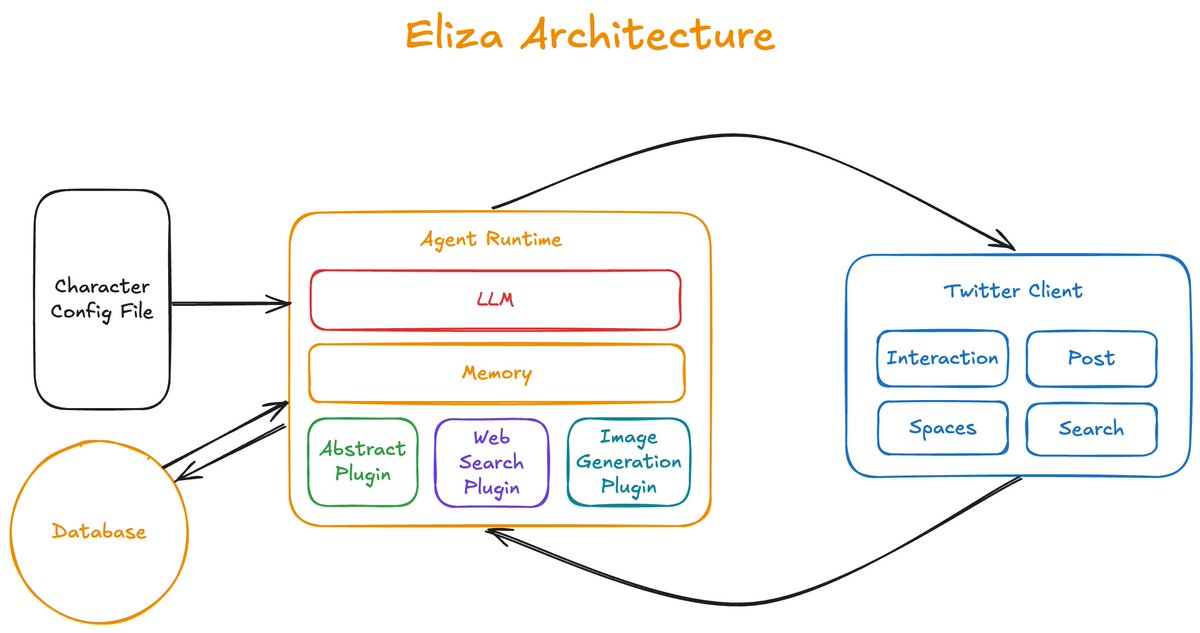
 There's been a lot of activity and development around eliza, so I thought it'd be good to go over how it's designed.
There's been a lot of activity and development around eliza, so I thought it'd be good to go over how it's designed.


 @FBI You can find the FBI contracts here:
@FBI You can find the FBI contracts here: 
 The current state of wallet UX isn't great.
The current state of wallet UX isn't great.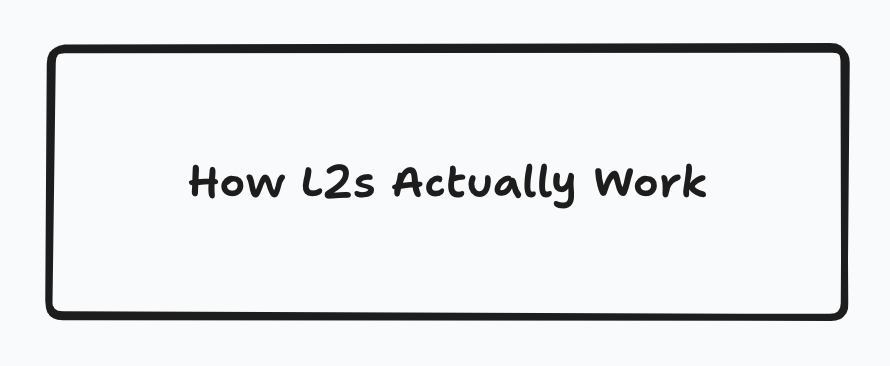
 By now you probably know that L2s are Ethereum's way of scaling.
By now you probably know that L2s are Ethereum's way of scaling.
 I'm not going to bore you with the technical and implementation details of Account Abstraction (that'll be a future thread).
I'm not going to bore you with the technical and implementation details of Account Abstraction (that'll be a future thread).
 To start, what are fungible tokens?
To start, what are fungible tokens?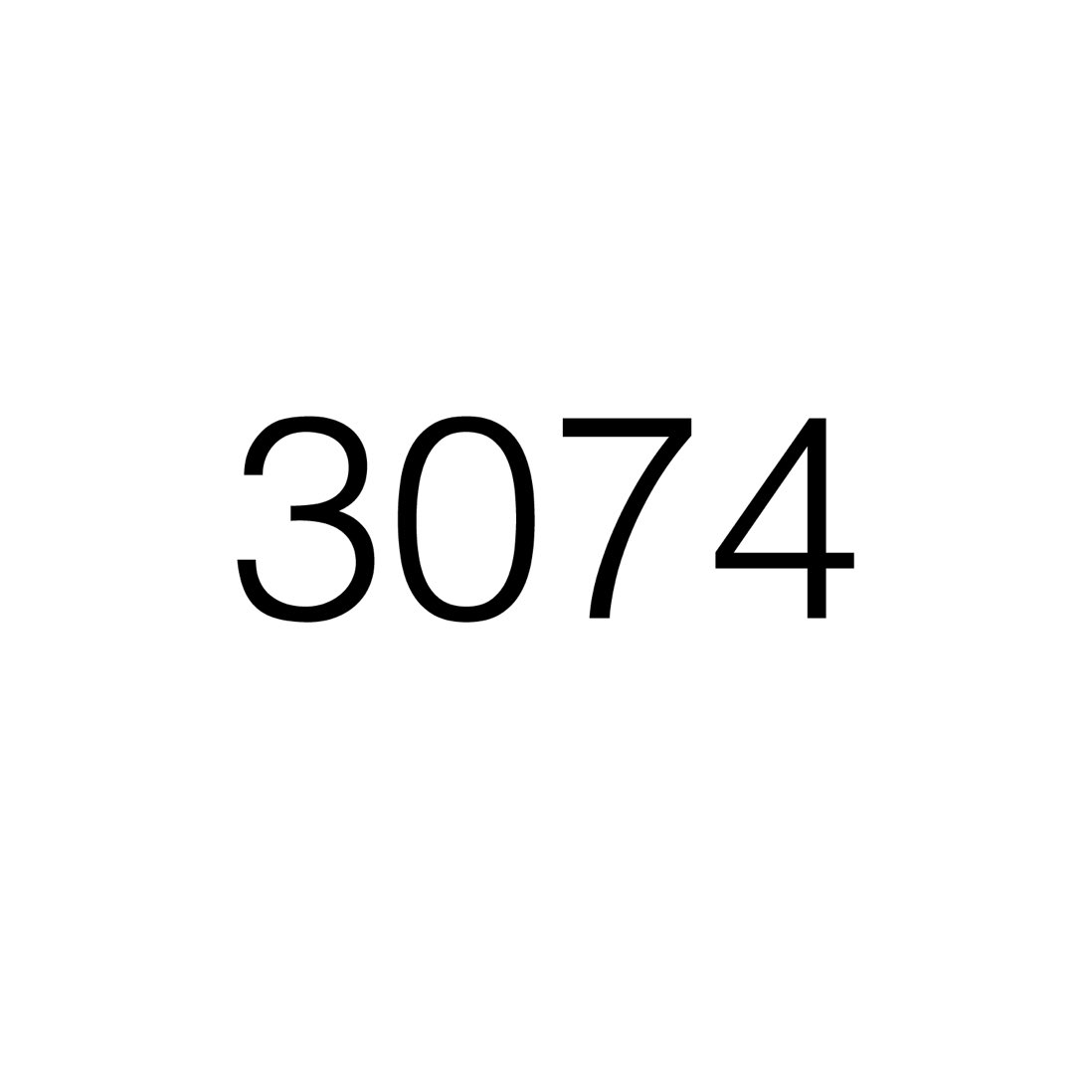
 The TLDR of 3074 is that it gives EOAs (normal wallets) smart contract capabilities (like account abstraction).
The TLDR of 3074 is that it gives EOAs (normal wallets) smart contract capabilities (like account abstraction).
 First off, why the name "Dencun"?
First off, why the name "Dencun"?


 In order to understand ordinals, you first need to understand how Bitcoin works.
In order to understand ordinals, you first need to understand how Bitcoin works.
 Some quick context on Ethena:
Some quick context on Ethena: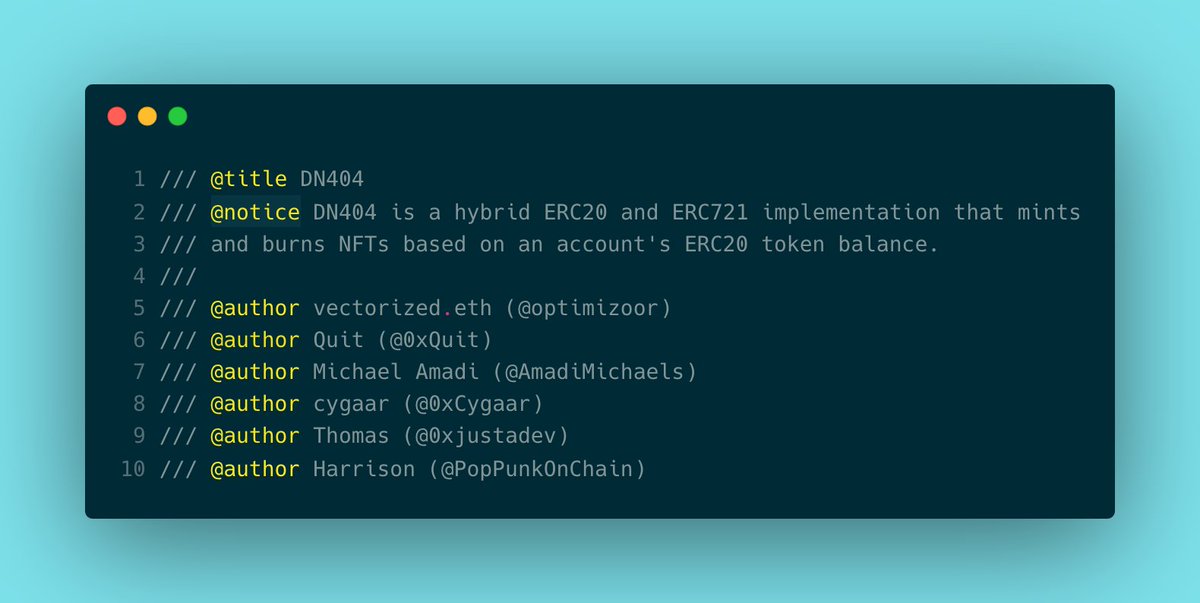
 For those that just want the code, you can find it here (with example contracts): .
For those that just want the code, you can find it here (with example contracts): .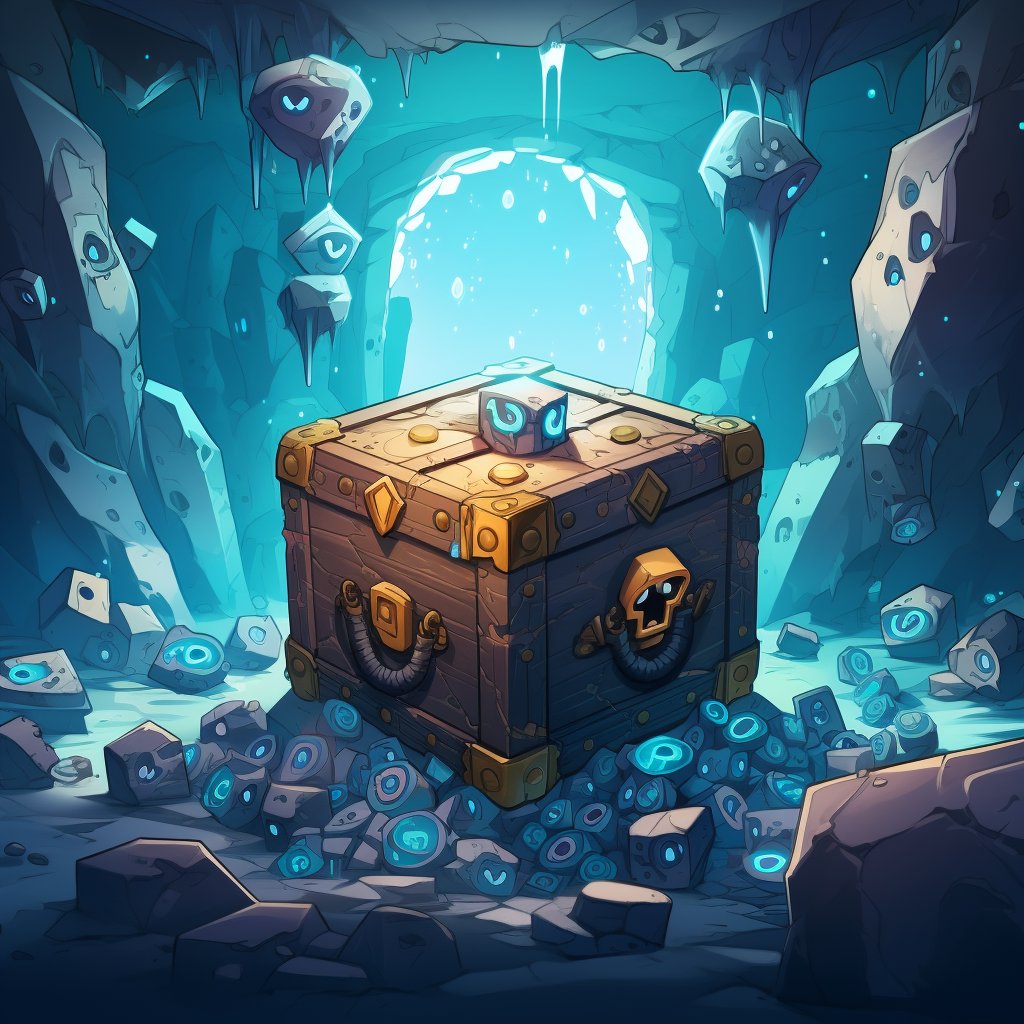
 A quick refresher on existing tokens:
A quick refresher on existing tokens: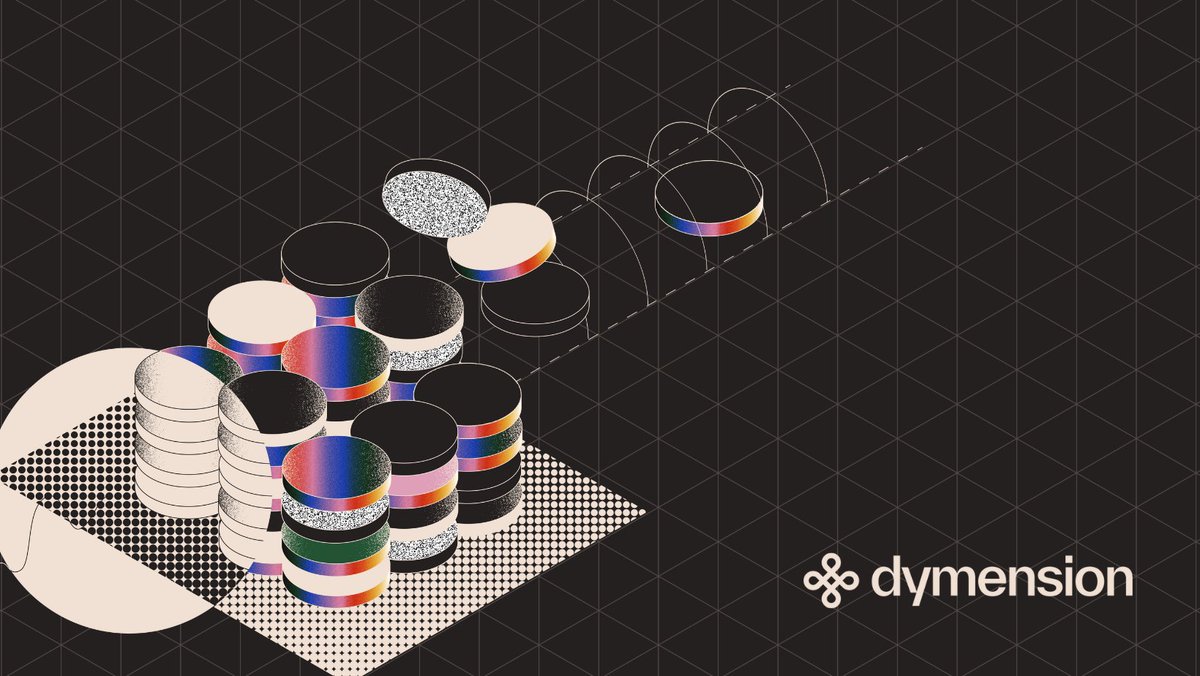
 My first tweet was sarcastic, but the rest of this thread will be serious since Dymension is building something interesting.
My first tweet was sarcastic, but the rest of this thread will be serious since Dymension is building something interesting.
 Let's start with the basics.
Let's start with the basics.
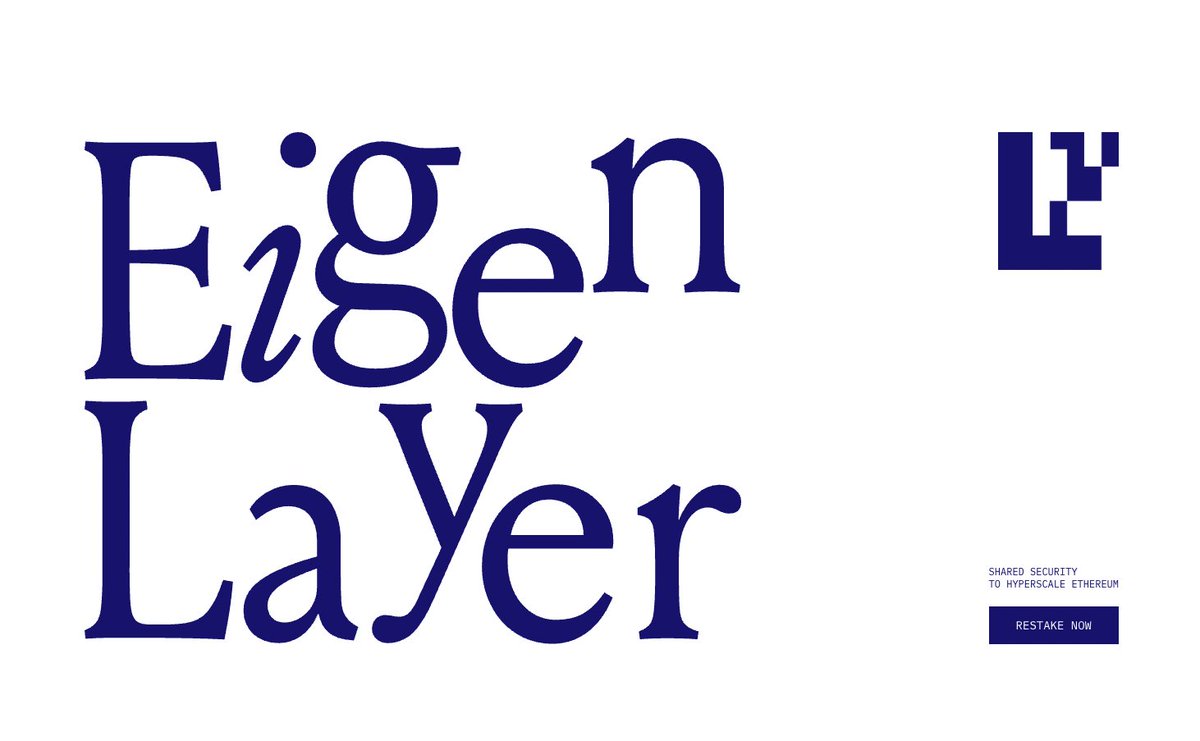
 Ethereum is the world's most secure and decentralized computing platform.
Ethereum is the world's most secure and decentralized computing platform.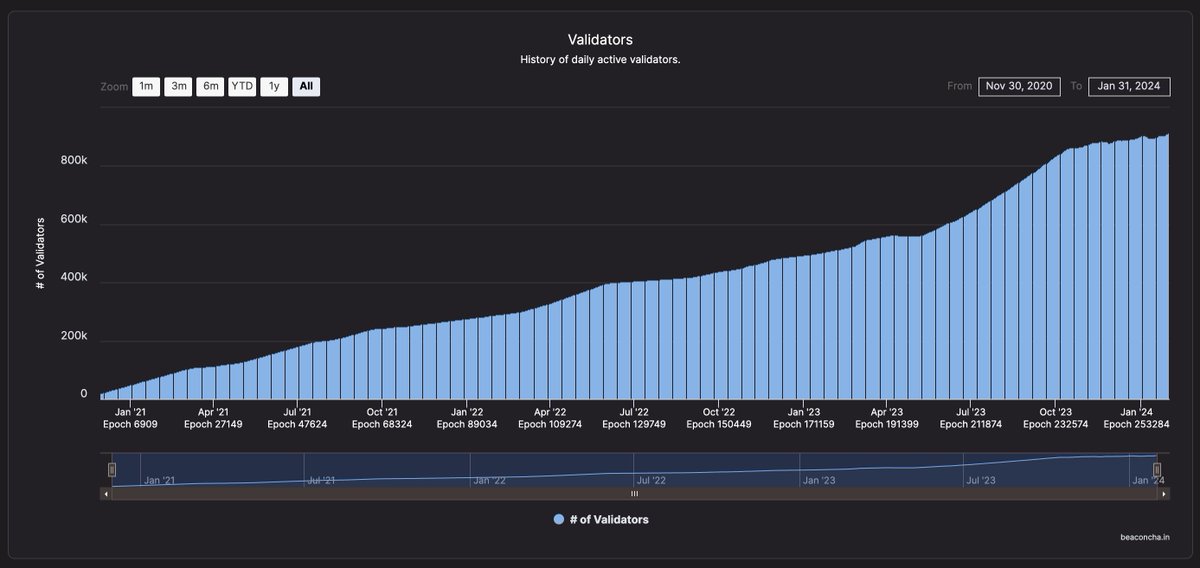

 I tend to get a bit technical sometimes, so here's an ELI5 of 4844:
I tend to get a bit technical sometimes, so here's an ELI5 of 4844: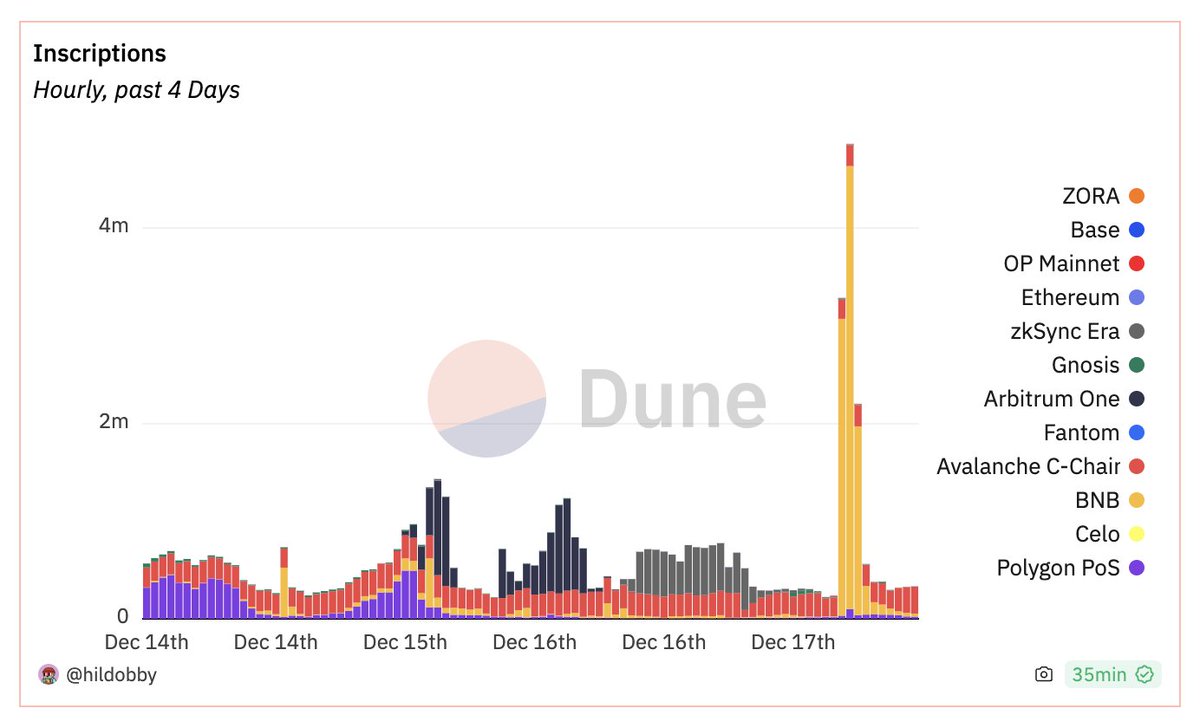
 The concept of Inscriptions started with Bitcoin's Ordinals. Ordinals allow data to be inscribed directly on chain - this can be text, images, videos, etc.
The concept of Inscriptions started with Bitcoin's Ordinals. Ordinals allow data to be inscribed directly on chain - this can be text, images, videos, etc.
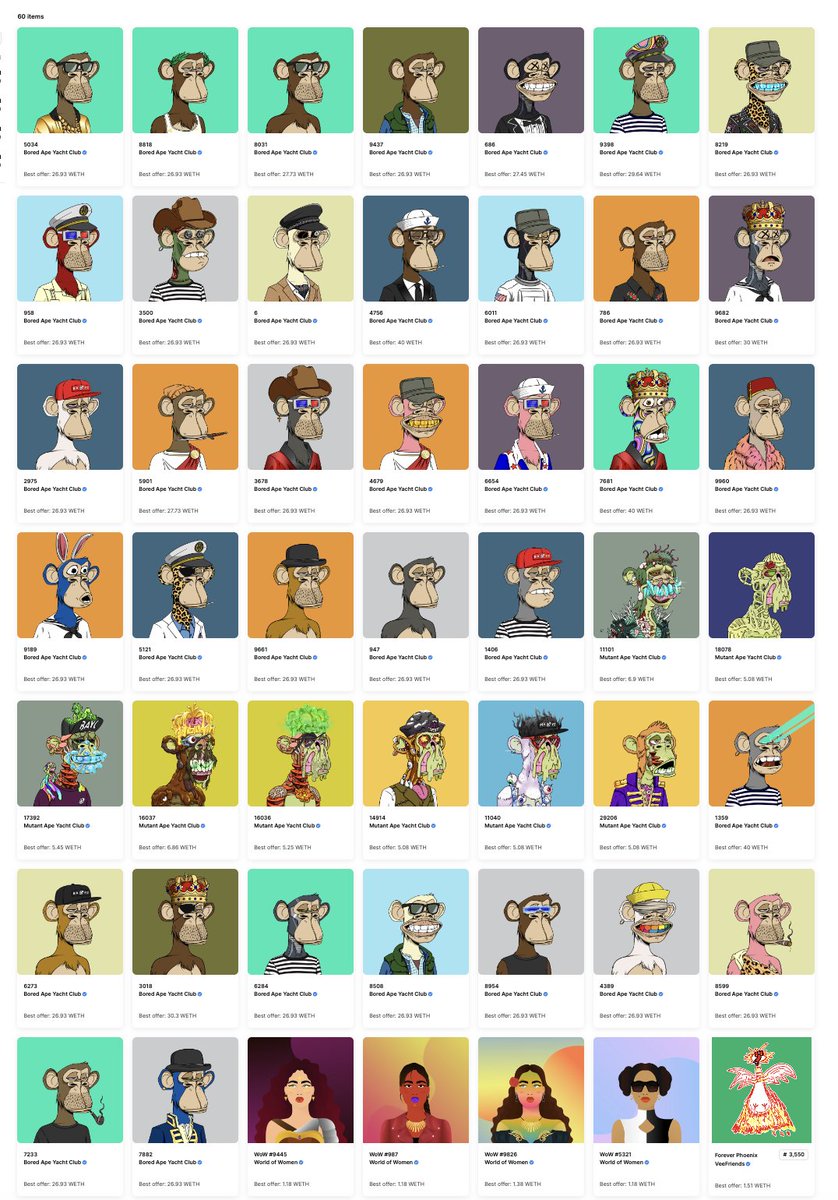
 The attack starts by calling the NFTTrader contract and creating a new "swap intent" (createSwapIntent).
The attack starts by calling the NFTTrader contract and creating a new "swap intent" (createSwapIntent).
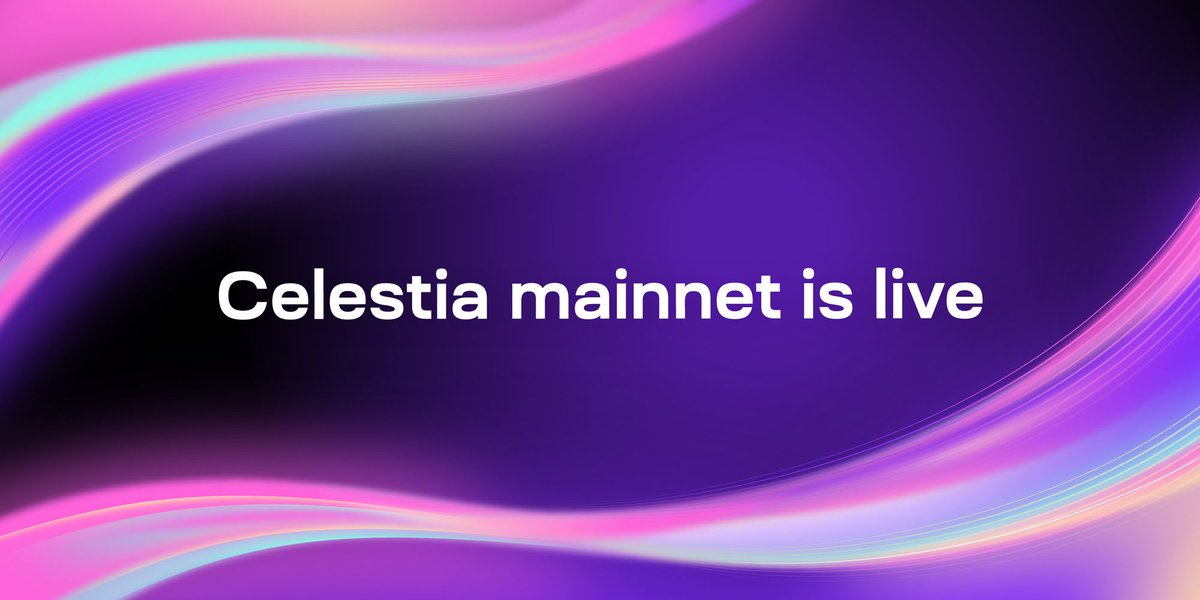
 Data availability refers to a blockchain's ability to supply data that enables anyone to verify the chain's state.
Data availability refers to a blockchain's ability to supply data that enables anyone to verify the chain's state.
 Before continuing, I recommend reading my intro guide to rollups here: , and my post on bridging into a rollup here: .
Before continuing, I recommend reading my intro guide to rollups here: , and my post on bridging into a rollup here: .https://twitter.com/0xCygaar/status/1691889902231892077
https://twitter.com/0xCygaar/status/1694836240091390368
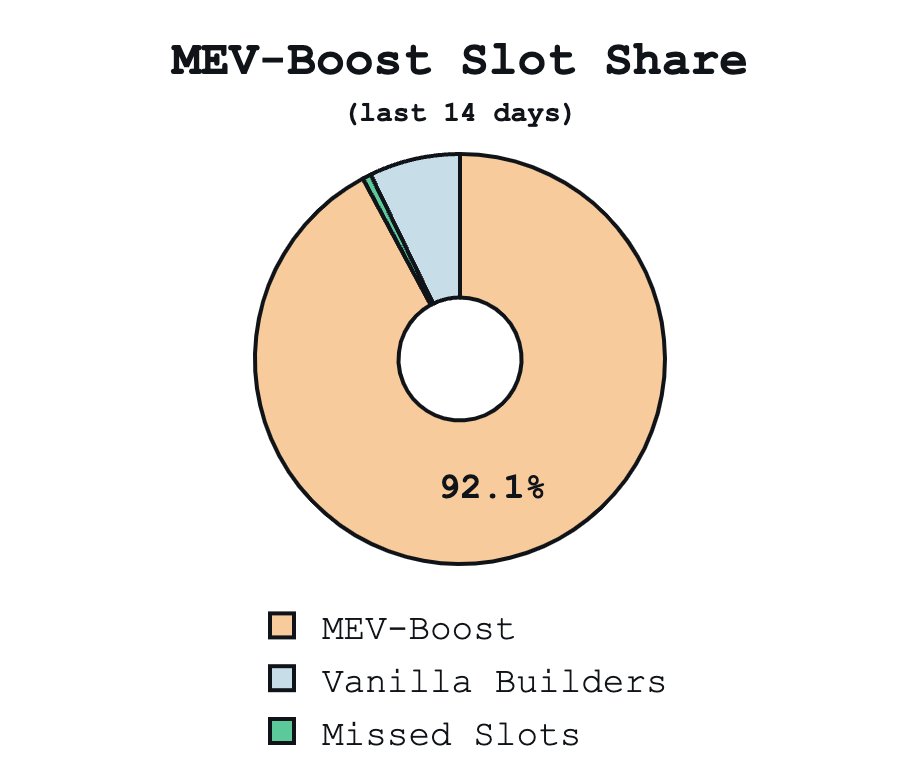
 The mental model a lot of people have for an Ethereum txn looks like this:
The mental model a lot of people have for an Ethereum txn looks like this: